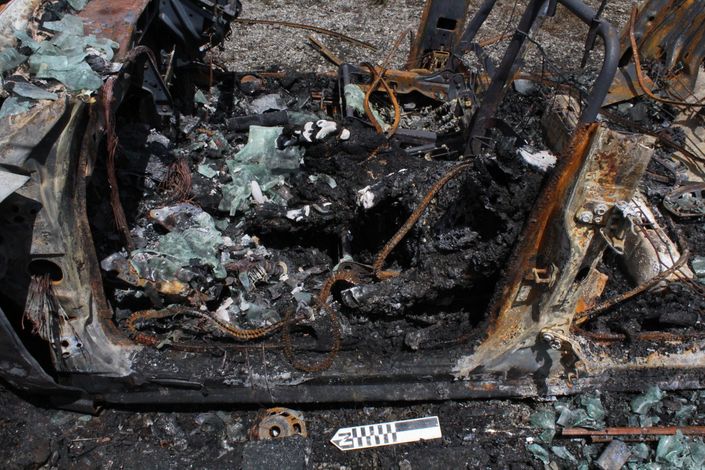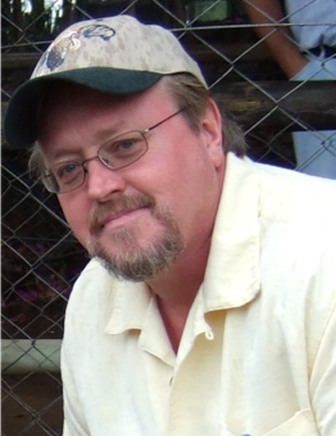
Outdoor Crime Scene Reconstruction: Fatal Fire Victim Recovery
This course will focus on the processing of the fire scene involving a human victim, one of the most difficult forensic scenes encountered by the medicolegal death investigator. Topics to be covered in the course include how to recover fatal fire victims from house structures, car fires, and outdoor fire pits through forensic archaeology, how bodies burn, and trauma analysis of the fire altered human skeletal tissues.
Your Instructor

Dr. Dirkmaat is the Chair of the undergraduate program in Applied Forensic Sciences and the Masters of Science in Anthropology (Forensic and Biological Anthropology Concentration) at Mercyhurst University, in Erie, PA. Dr. Dirkmaat has conducted over 400 forensic anthropology cases for nearly 40 coroners, medical examiners and the state police in Pennsylvania, New York, Ohio and West Virginia. He has published articles on the role of archaeology and forensic anthropology in forensic investigations, fatal fire scenes and mass fatalities.
Dr. Dirkmaat has been a member of the Federal Government’s Disaster Mortuary Operational Response Team (DMORT) since its inception. Dr. Dirkmaat serves as a consultant for international companies involved in the recovery and identification of victims of plane crashes from around the world as well as other mass disaster events. He has completed two major grant projects for the design of national scene processing protocols for mass disasters, terrorist attacks and fatal fires by the National Institute of Justice, US Department of Justice. As an instructor, Dr. Dirkmaat has nearly two decades of experience organizing training courses and lecturing for local, state and federal agencies in the US, Mexico, Chile, Canada and Spain. He has also presented over 70 lectures and papers discussing forensic investigation and anthropology at numerous regional, national and international meetings.
Course Curriculum
Disclaimer: The following courses were created for educational purposes only. They contain extensive discussions of principles and practices from the discipline of forensic anthropology with images of crime scenes and human remains for illustrative purposes. All of the cases have been anonymized (no specific location, nor specific individuals will be identified) and they have been adjudicated and/or permissions obtained from the proper authorities to use them for educational or research purposes.
